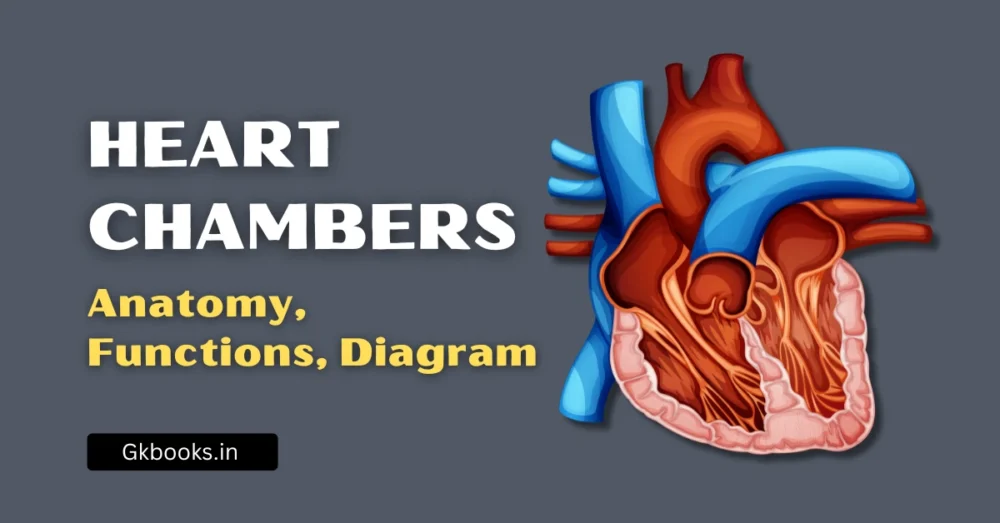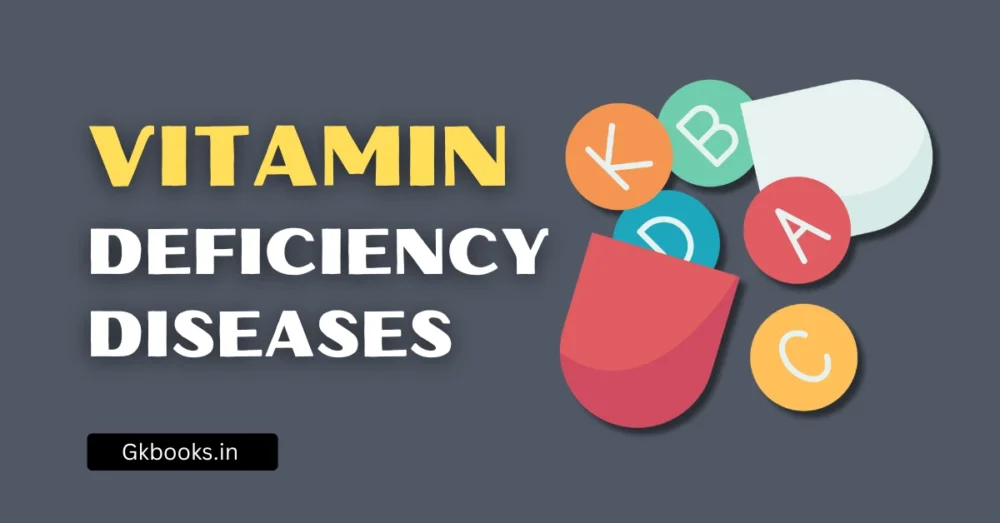An alveolus (plural: alveoli) is a tiny air sac in the lungs where gas exchange takes place. It plays a crucial role in respiration, allowing oxygen to enter the blood and carbon dioxide to exit the body. Understanding the structure and function of alveoli is important not only for Biology exams from Class 6–12 but also for competitive exams like UPSC, SSC, RRB NTPC, and State PSCs.
Many questions in General Science and Biology-based MCQs often test basic knowledge of the respiratory system, including alveoli. So, let’s break down this topic in a simple, exam-oriented way.
What are Alveoli?
✅ Definition:
Alveoli are microscopic balloon-like structures located at the end of bronchioles in the lungs. They are the functional units of the lungs where oxygen and carbon dioxide are exchanged between the lungs and blood.
✅ Number in Human Lungs:
◾ Around 300 million alveoli in both lungs
◾ Total surface area ≈ 70 square meters (like a tennis court!)
✅ Function:
◾ Oxygen from inhaled air diffuses into the capillaries
◾ Carbon dioxide from blood diffuses out into the alveoli to be exhaled
Structure of Alveoli
✅ Simple Squamous Epithelium:
◾ One-cell-thick wall for efficient gas exchange
✅ Surrounded by Capillaries:
◾ Rich network of blood capillaries for rapid gas diffusion
✅ Lined with Surfactant:
◾ Produces pulmonary surfactant, a substance that reduces surface tension, preventing collapse during exhalation
✅ Analogy to Understand Alveoli:
Think of alveoli as tiny balloons inside a sponge. Each balloon is surrounded by water pipes (capillaries). Oxygen goes in through the balloon wall, and waste gases go out.
Key Features of Alveoli
| Feature | Description |
|---|---|
| Location | At the end of bronchioles in lungs |
| Wall Thickness | One cell thick |
| Function | Exchange of O₂ and CO₂ |
| Capillary Supply | Dense network of blood capillaries |
| Presence of Surfactant | Reduces surface tension |
| Shape | Cup or balloon-shaped |
Why Are Alveoli So Efficient at Gas Exchange?
✅ High surface area (like a sponge)
✅ Thin walls allow quick diffusion
✅ Moist surface helps dissolve gases
✅ Rich blood supply for faster gas transport
Real-World Connection: Importance of Alveoli in Health
🔹 In diseases like Pneumonia or COVID-19, alveoli get filled with fluid, affecting gas exchange
🔹 In Emphysema (a condition under COPD), alveoli are damaged and lose elasticity
🔹 Smoking destroys alveolar walls, reducing lung function
Summary Notes for Quick Revision
| Point | Key Information |
|---|---|
| Definition | Tiny air sacs in the lungs for gas exchange |
| Location | End of bronchioles |
| Structure | One-cell-thick walls, moist, surfactant-lined, capillary-rich |
| Function | Exchange of O₂ and CO₂ |
| Number | ~300 million alveoli in adult lungs |
| Importance in Exams | Conceptual + application-based MCQs frequently asked in exams |
Practice MCQs for Exams
1. What is the primary function of alveoli?
A. Absorb nutrients
B. Filter air
C. Exchange gases
D. Produce hormones
✅ Answer: C
2. How many alveoli are present in adult human lungs approximately?
A. 30,000
B. 300 million
C. 3 million
D. 30 million
✅ Answer: B
3. Alveolar walls are made of:
A. Stratified epithelium
B. Simple squamous epithelium
C. Cuboidal epithelium
D. Columnar epithelium
✅ Answer: B
4. Pulmonary surfactant is important because it:
A. Destroys pathogens
B. Transports oxygen
C. Reduces surface tension
D. Absorbs nutrients
✅ Answer: C
5. Which disease affects alveoli by damaging their walls?
A. Asthma
B. Emphysema
C. Diabetes
D. Tuberculosis
✅ Answer: B
6. Alveoli are richly supplied with:
A. Nerves
B. Arteries only
C. Capillaries
D. Veins only
✅ Answer: C
7. In which part of the respiratory tract does gas exchange occur?
A. Trachea
B. Bronchi
C. Bronchioles
D. Alveoli
✅ Answer: D
8. What helps prevent alveoli from collapsing?
A. Mucus
B. Cilia
C. Surfactant
D. Lymph
✅ Answer: C
Conclusion
Alveoli may be microscopic, but they play a macro role in keeping us alive by ensuring efficient oxygen supply and removal of waste gases. Whether you’re studying for school or preparing for competitive exams like UPSC, SSC, or Railway NTPC, mastering the concept of alveoli helps in both conceptual clarity and MCQ-solving accuracy.
To stay updated with the latest GK and Current Affairs infographics, follow our official Instagram and Facebook page and prepare for exams easily.
More Related Topics:
Heart Chambers: Anatomy, Functions, Diagram & Exam-Focused Notes
Vitamin Deficiency Diseases – Causes, Symptoms, Sources & Exam-Focused Notes
Function of the Stomach in the Human Body: Key Roles, Mechanisms & Importance






